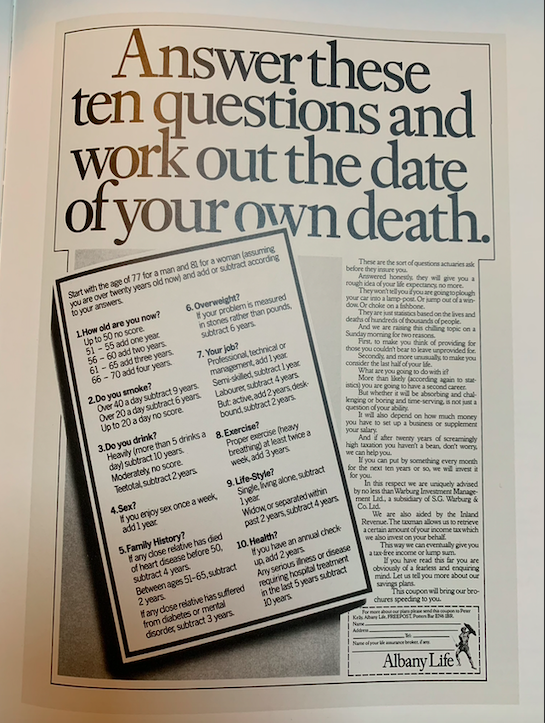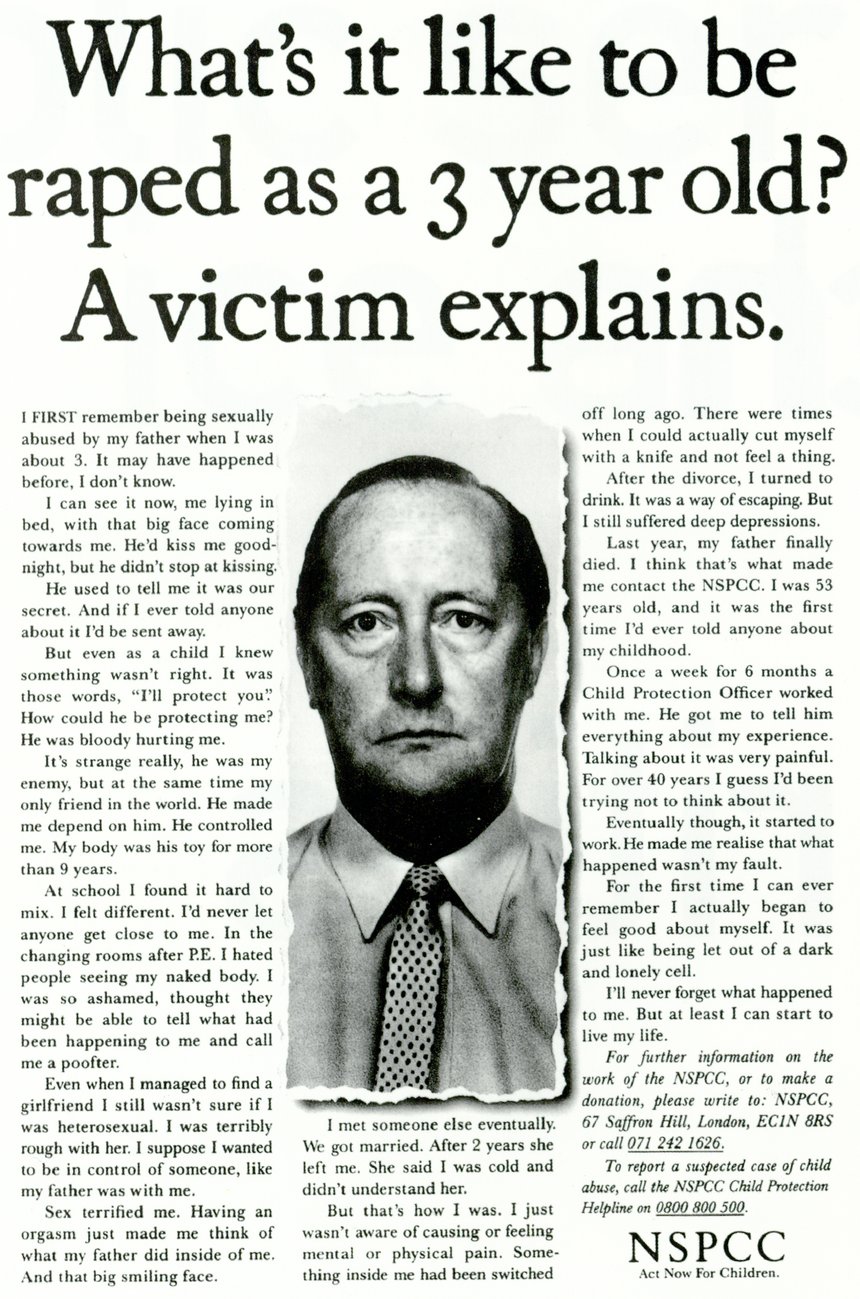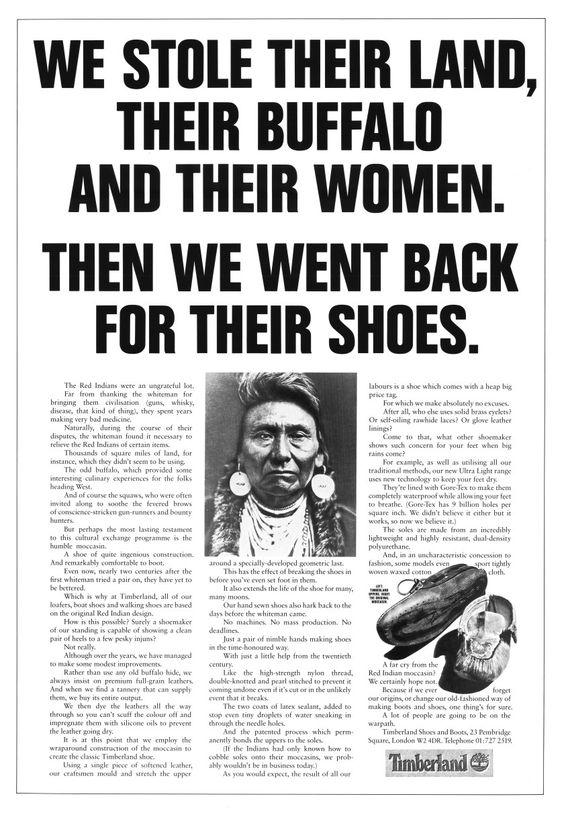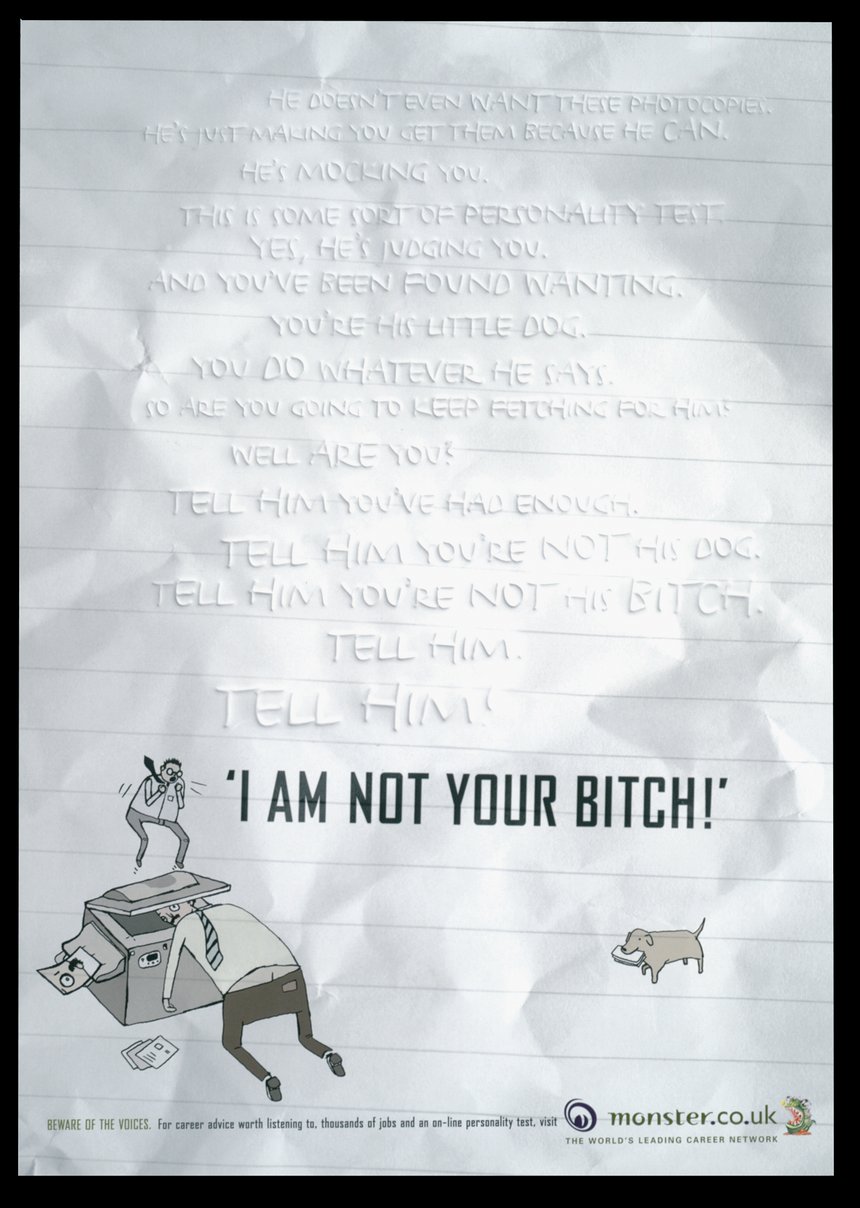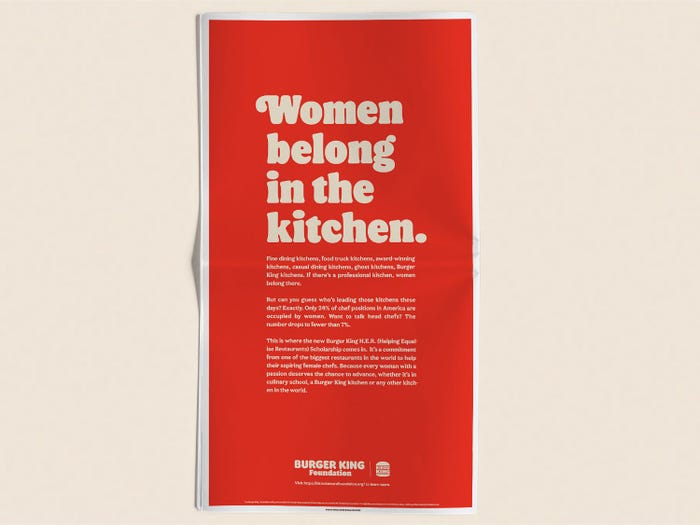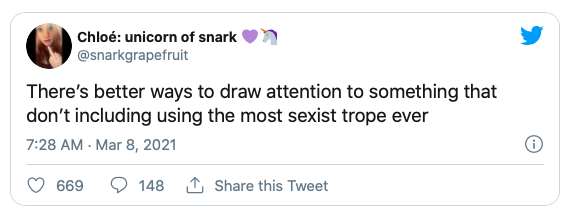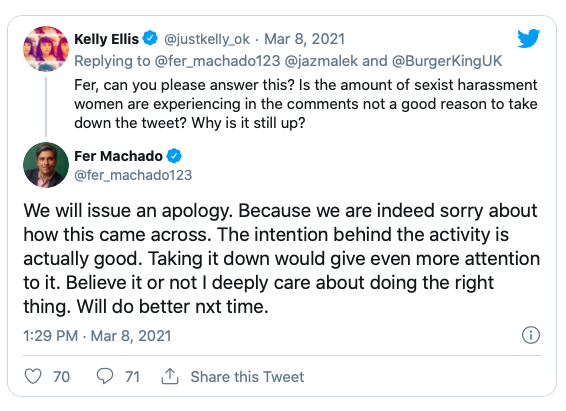Why are so many of us doing the opposite of what works?

Advertising has a few simple principles for success. You know the ones: simplicity, memorability, stand-out, attributable branding, likeability, persuasiveness etc.
A few others feed into them (eg: originality can lead to memorability and stand out; humour can lead to likeability etc.), but they are the core effects we are supposed to aspire to because they ultimately lead to the most prized of them all: effectiveness. So if you want your ad to work, you should want it to be simple, likeable, persuasive etc.
But if that’s the case, why are so many ads deliberately designed to have the opposite elements?
For a start, so many ads are the same. Look at charity ads with plinky guitar music and stock footage of bland people doing blandly good things for blandly unfortunate people. How are you supposed to tell them apart? If you can’t do that, what is the point in making them?
And what about likeability? I don’t necessarily mean that you have to come away from an ad with a smile on your face; you might still ‘like’ (admire) an ad that was somewhat negative or even disturbing. I mean that most advertising is actively annoying: boring, intrusive, unimaginative, ugly, brash and a million other things that float no one’s boat. If they were people you would never invite them round to dinner, or even have a pint with them. They’d be the person who would inspire a sigh, a yawn or a quick jog in the opposite direction. Why would people pay millions to represent their companies in that way?
And what about helping people know who the ad is for? I know it’s often been fashionable to hide that information away, but that was in service of making the ad look like something other than an ad, so people would engage with it before finding out who was behind it, adding to the effectiveness. Now the homogeneity of images and copy means you’re starting at the back of the race, wearing cement trainers and carrying a backpack full of wrought iron.
Humour? Gone. Stand-out? Nope. Memorability? It’s hard to remember grey blancmange.
I understand that timid clients can often find themselves repeating category norms, so they want to make sure their FMCG ad seems like an FMCG ad, but now it feels as if creatives are joining in. Are they trying to make the timid clients feel comfortable? Are they themselves more comfortable with conformity? Has no one explained the fundamental benefits of differentiation to them?
Like I said, I understand that people sometimes aim for the bullseye and miss, but so many ads today are aimed squarely at the unwanted outer rings, and they hit that target every time.
Social media ads that no one in their right mind would ever share.
Posters with nineteen logos and 119 words.
Banner ads that only lead to the purchase of ad blockers.
Pre-roll ads that are simple cut-downs from the TV, forgetting that every single person is hitting the ‘skip’ button like Keith Moon on speed. (Pssst… for 99% of your audience those first five seconds are all you have. Make them count.)
The. Opposite. Of. What. Works.
If we were footballers we’d be trying very hard to kick the ball into our own net, and some people might consider such behaviour insane, or at least a big waste of time and money.
Maybe it’s time to start doing the opposite of the opposite.
